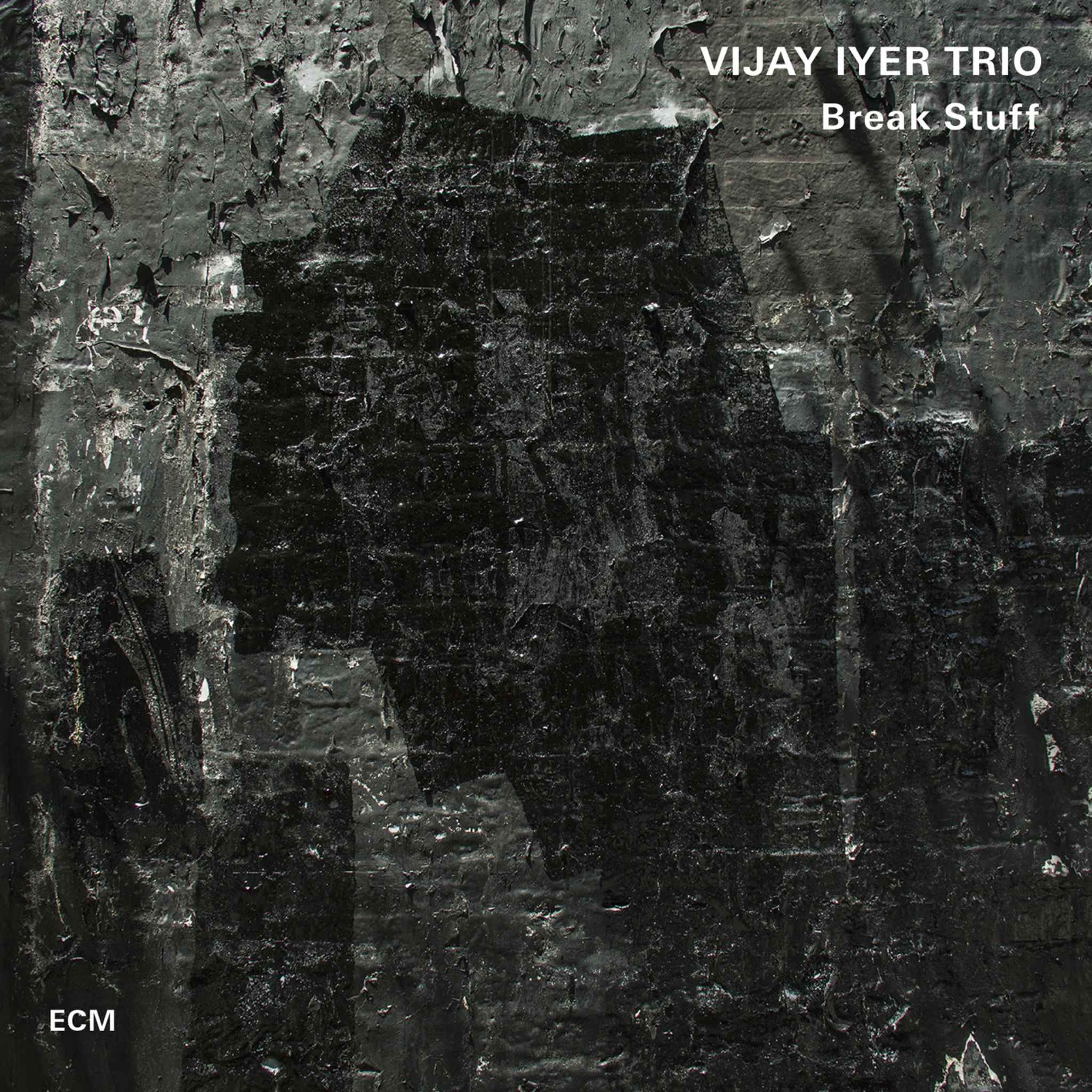Album insights
The story of the Polish String Quartet dates back less than a century, with significant developments emerging after Karol Szymanowski's quartets in the early 20th century. Quartet formations post-World War II, such as the Wilanów Quartet and others, contributed to the genre's establishment in Poland. Presently, younger Polish quartets like the Royal String Quartet, featured in this recording, are gaining international recognition.
In the 1940s and 50s, Grazyna Bacewicz played a pivotal role in preserving the quartet tradition in Poland. Notable composers like Witold Lutosławski and Krzysztof Penderecki further shaped the Polish quartet landscape with their innovative works. Penderecki's earlier quartet, premiered by the LaSalle Quartet in 1962, introduced a radical musical language termed Sonorism, breaking away from traditional norms through unique sound exploration.
Penderecki's subsequent compositions, including his second quartet in 1968, continued the sonoristic approach. His shift towards a more harmonious and post-romantic style marked a departure from Sonorism, evident in works like his third quartet, "Leaves of an Unwritten Diary," premiered in 2008. This piece reflected a nostalgic perspective, blending traditional elements with Penderecki's evolving musical language.
Witold Lutosławski's sole string quartet, premiered in 1965, held a unique position in chamber music repertoire. Unlike conventional scores, Lutosławski's quartet featured individual parts, known as "Mobiles," intertwined to allow performers interpretive flexibility.
Lutosławski's quartet, consisting of an "Introductory Movement" and a "Main Movement," showcased his innovative compositional style, where rhythmic and melodic motifs were distributed among the ensemble. The quartet's structure, characterized by abrupt interruptions and unresolved episodes, created a sense of incompleteness and tension, culminating in expressive and chromatic passages.
Exploring unconventional harmonies and structures, Lutosławski's quartet delivered compelling musical narratives within a framework of distinct "Mobiles." The interplay between energetic movements and contemplative passages led to a climactic culmination with haunting motifs, illustrating Lutosławski's mastery of emotive and innovative musical expression.

